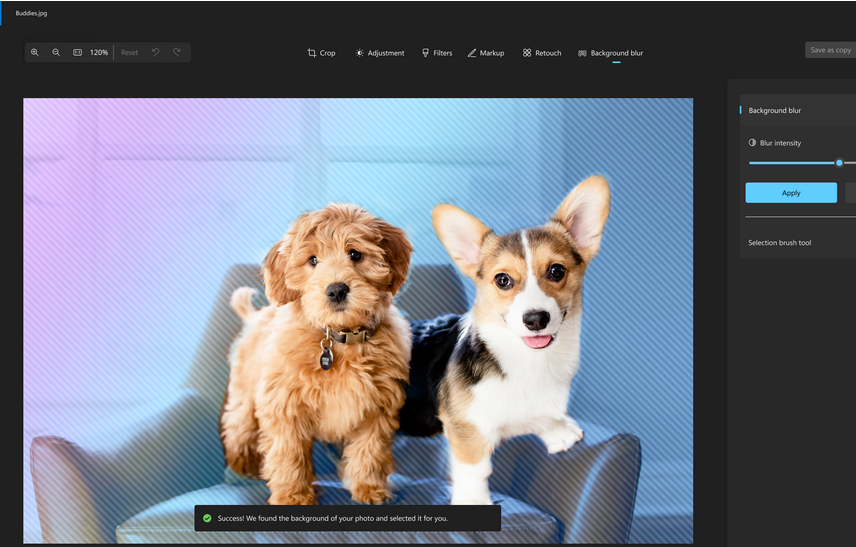Incremental and Iterative Development – Introduction to Serverless on AWS
Incremental and Iterative Development
Iterative development empowers teams to develop and deliver products in small increments but in quick succession. As Eric Ries says in his book The Startup Way (Penguin), you start simple and scale fast. Your product constantly evolves with new features that benefit your customers and add business value.
Event-driven architecture (EDA), which we’ll explore in detail in Chapter 3, is at the heart of serverless development. In serverless, you compose your applications with loosely coupled services that interact via events, messages, and APIs. EDA principles enable you to build modular and extensible serverless applications.1 When you avoid hard dependencies between your services, it becomes easier to extend your applica‐ tions by adding new services that do not disrupt the functioning of the existing ones.
Multiskilled, Diverse Engineering Teams
Adopting new technology brings changes as well as challenges in an organization. When teams move to a new language, database, SaaS platform, browser technology, or cloud provider, changes in that area often require changes in others. For example, adopting a new programming language may call for modifications to the develop‐ ment, build, and deployment processes. Similarly, moving your applications to the cloud can create demand for many new processes and skills.
Influence of DevOps culture
The DevOps approach removes the barriers between development and operations, making it faster to develop new products and easier to maintain them. Adopting a DevOps model takes a software engineer who otherwise focuses on developing applications into performing operational tasks. You no longer work in a siloed soft‐ ware development cycle but are involved in its many phases, such as continuous integration and delivery (CI/CD), monitoring and observability, commissioning the cloud infrastructure, and securing applications, among other things.
- A module is an independent and self-contained unit of software.
Adopting a serverless model takes you many steps further. Though it frees you from managing servers, you are now programming the business logic, composing your application using managed services, knitting them together with infrastructure as code (IaC), and operating them in the cloud. Just knowing how to write software is not enough. You have to protect your application from malicious users, make it available 24/7 to customers worldwide, and observe its operational characteristics to improve it continually. Becoming a successful serverless engineer thus requires devel‐ oping a whole new set of skills, and cultivating a DevOps mindset (see Figure 1-12).

Figure 1-12. Traditional siloed specialist engineers versus multiskilled serverless engineers
